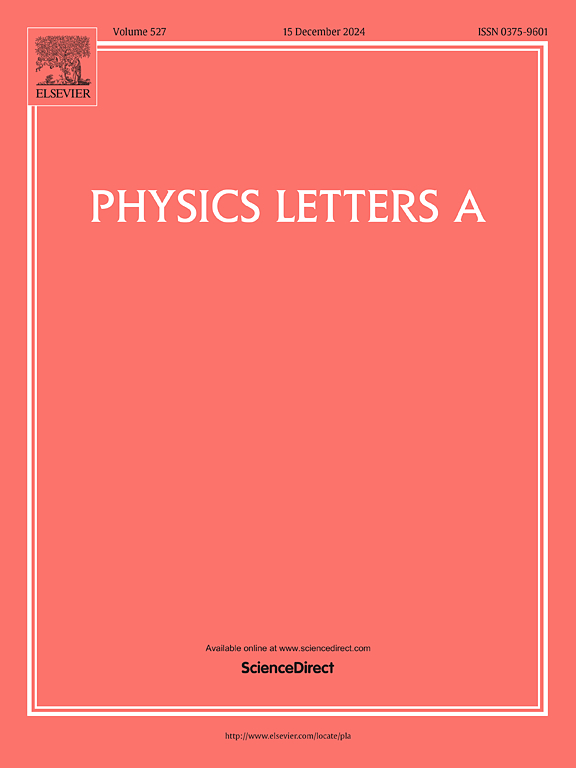Quantum capacitance and thermoelectric properties of MoS2 monolayer influenced by (Si, P-Cl and Se) doping and (Au and Ag) decorating: A first-principles study
IF 2.3
3区 物理与天体物理
Q2 PHYSICS, MULTIDISCIPLINARY
引用次数: 0
Abstract
In this paper, we investigated the electronic thermoelectric properties, and quantum capacitance of MoS2 sheet, decorated and doped with atoms such as Au, Ag, Se, Si, P, and Cl by density functional theory (DFT) method. Also the impacts of two different concentrations of Se and Si doping are discussed on these properties. It is estimated that the substitutional doping of one sulfur atom using Si atoms with 2.2% concentration and also Au and Ag decorating atoms results in an improvement of the quantum capacitance of the MoS2 monolayer at Fermi energy with values of 46.0 μF/cm2, 30.9 μF/cm2 and 36.0 μF/cm2, respectively. Also high adsorption energy of the Au and Ag atoms reflects that both of them are easily able to decorate and adsorb on the ideal MoS2 surface. Finally, it is found that power factor of the MoS2 monolayer is generally reduced due to the dopant atoms and decorating atoms. This study could potentially open new horizons in the design of electronic devices including supercapacitors and thermoelectric devices based on two-dimensional materials.
求助全文
约1分钟内获得全文
求助全文
来源期刊

Physics Letters A
物理-物理:综合
CiteScore
5.10
自引率
3.80%
发文量
493
审稿时长
30 days
期刊介绍:
Physics Letters A offers an exciting publication outlet for novel and frontier physics. It encourages the submission of new research on: condensed matter physics, theoretical physics, nonlinear science, statistical physics, mathematical and computational physics, general and cross-disciplinary physics (including foundations), atomic, molecular and cluster physics, plasma and fluid physics, optical physics, biological physics and nanoscience. No articles on High Energy and Nuclear Physics are published in Physics Letters A. The journal''s high standard and wide dissemination ensures a broad readership amongst the physics community. Rapid publication times and flexible length restrictions give Physics Letters A the edge over other journals in the field.
 求助内容:
求助内容: 应助结果提醒方式:
应助结果提醒方式:


